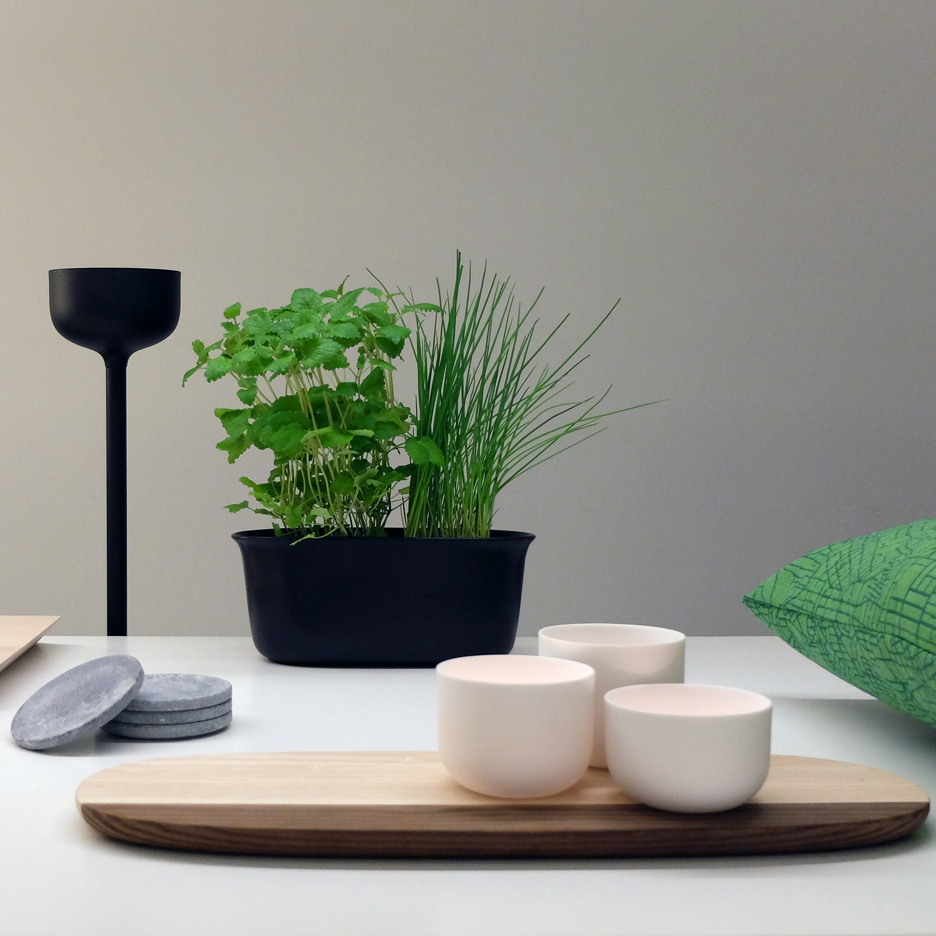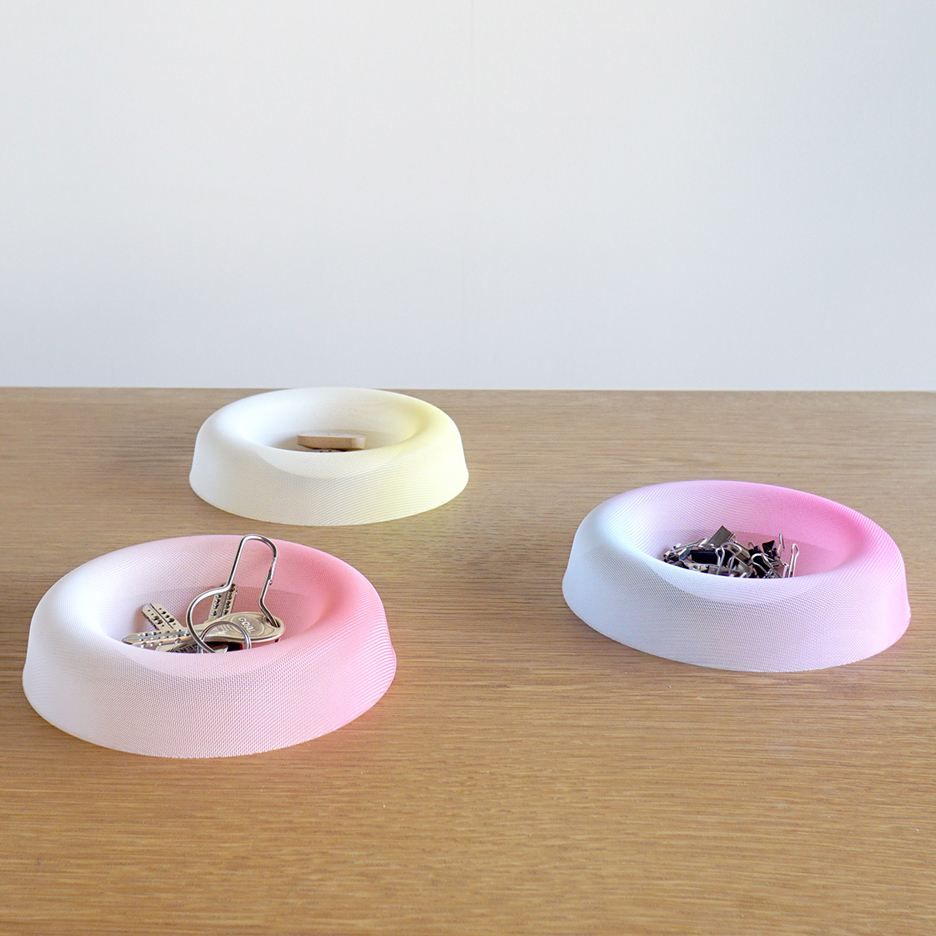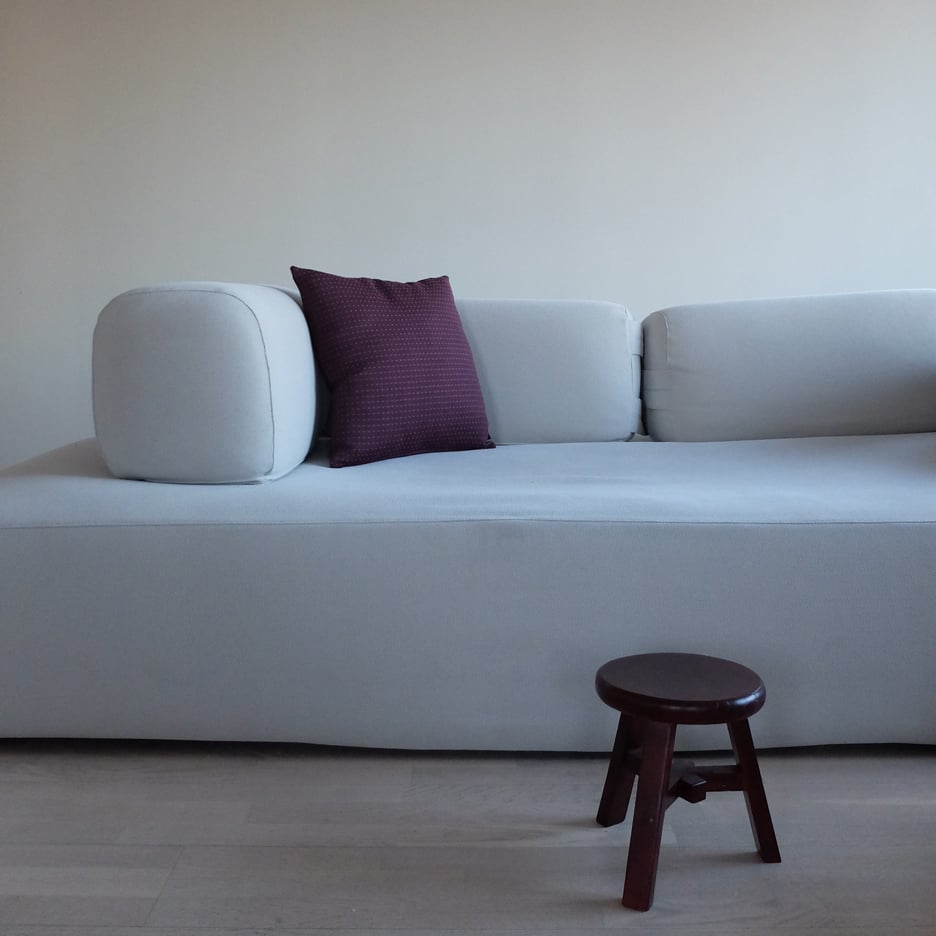Claesson Koivisto Rune unveils new business concept for entrepreneurial designers
Business news: Swedish architecture and design studio Claesson Koivisto Rune has developed a new business model that allows designers to earn 75 per cent of the proceeds of their products, rather than the standard royalty of five per cent or less.
Claesson Koivisto Rune will launch the concept at Stockholm Design Week next week along with a collection of objects by designers including Nendo, Luca Nichetto and Giulio Cappellini.
"We are very happy to be able to replace the old compensation model with a new concept," said Claesson Koivisto Rune's Mårten Claesson.
The items have all been designed for Smaller Objects, a label launched by Claesson Koivisto Rune in 2015. Designers of objects in the new collection will receive three quarters of the wholesale price of each item sold.

The concept is inspired by "sharing economy" business models such as Airbnb and Uber, which provide marketing and transactional services to a wide range of self-employed hosts and drivers.
Designers producing items for the Smaller Objects label will finance the manufacturing themselves, while the label will sell the products via their webshop.
The products will also be available at a small but growing network of specialist retailers, which so far include Austere in Los Angeles, Sempre in Tokyo, Asplund in Stockholm.
"It's a new era, demanding new business models and new methods of working," said Ola Rune. "Smaller Objects see the designer as an entrepreneur, active not only in the designing but also in the development and business processes."
Eero Koivisto said: "Unlike the more traditional setup, the Smaller Objects designer is financing his or her own production and will at the same time receive a larger percentage of the list price."
Designers have long grumbled that the traditional royalty model, where they receive between two and five per cent of the trade price of each item sold, no longer works in their favour.

The royalty system is widely used in the furniture and lighting industries, but only best-selling products generate meaningful returns for designers. However the trend towards shorter production runs and higher product replacement rates means that few designs achieve high sales volumes.
In some cases, designers have signed exclusivity contracts with brands who then decide not to manufacture their products, meaning they earn nothing at all.
One such designer is Hanna Ernsting, who signed her product idea over to a brand which failed to put it into production. "I couldn't get out of the contract," Ernsting told Dezeen in 2013. "I couldn't use my designs even though they would not produce them."
As the name implies, Smaller Objects focuses on small household items including pillows, coffee cups and notebooks.
Designers creating items for the brand have to develop their products themselves and don't get paid until the objects are sold.
"Part of our terms is that the designers don't receive any advances," explained Rune. "Rather the designer takes the initial investment costs and deals with the manufacturers throughout the process in order to arrive at an attractive product at the right price. Smaller Objects keeps in close contact with the designer, discussing the costs included, estimated price levels from wholesale to store price, etc."

Smaller items are simpler to make, Rune said, so are less risky for designers to develop.
"The category of items offered by smaller objects, often based on a single component, one material or a single method of manufacture makes this easier to achieve," he said. "The key factor here is that, nowadays, designers are often in direct contact with a lot of subcontractors, who they meet while working on other design projects."
"This puts the designer in a perfect position to secure a deal directly with that supplier, cutting out any middlemen in between. What they do not have, however, is a means to sell these designs and this is where smaller objects comes in. "
He added: "We know from our own experience that designers often have a pile of ideas for potential products in this category, filed away in their drawers. Smaller Objects wants to help designers, within the framework of smaller objects, to capitalize on these ideas."
An alternative model is offered by Dutch website Crowdyhouse, which offers designers a platform to raise finance so they can self-produce their ideas.
Crowdyhouse was inspired by #milanuncut, an open-source debate facilitated by Dezeen in 2011 that exposed widespread anger among designers about poor royalty deals.
Founded in Stockholm in 1995, Claesson Koivisto Rune started out as an architecture office but has since branched out into all aspects of design, including furniture, lighting, interiors and electronics. Recent projects include the Inde/Jacobs art gallery in Marfa, Texas and the Cover collection of chairs and tables for Teknion.
See more Dezeen stories about Claesson Koivisto Rune.